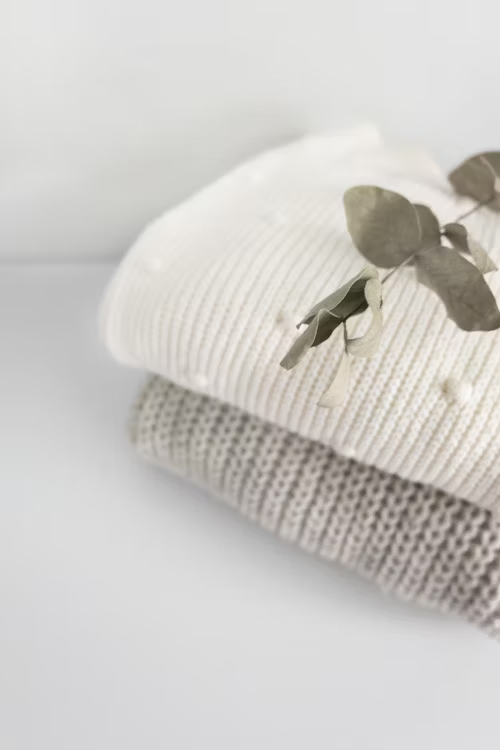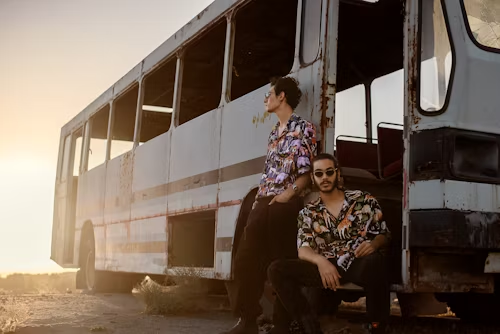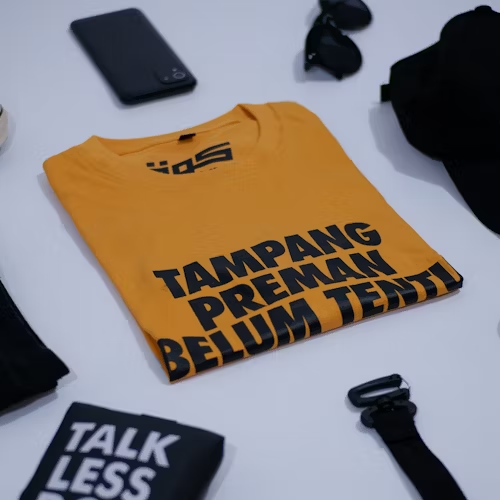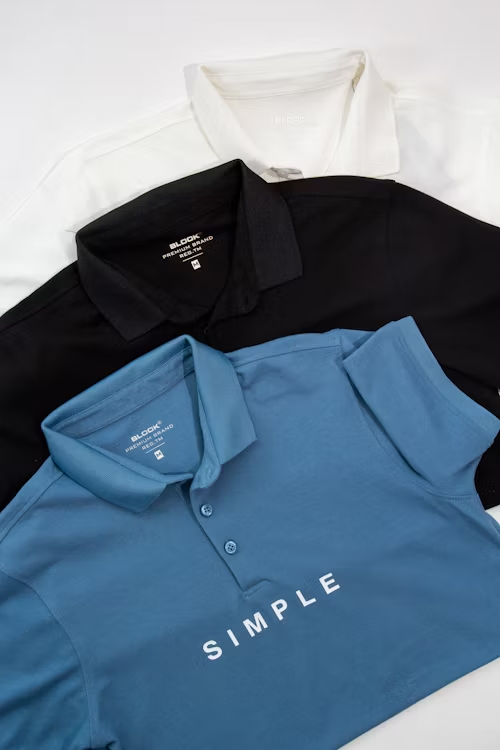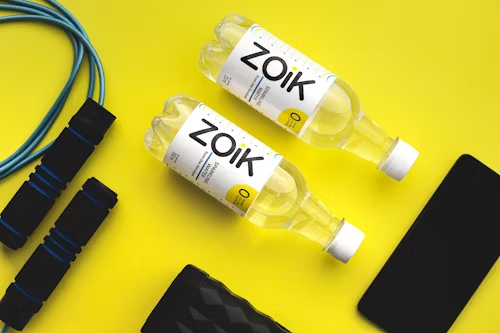Let’s face it—printing the perfect T-shirt design is not as simple as it sounds. Whether you’re creating the next viral fashion trend or customizing apparel for your business, it’s easy to get lost in the sea of options. From DTG to screen printing, there are a ton of methods out there. But what really makes the difference?
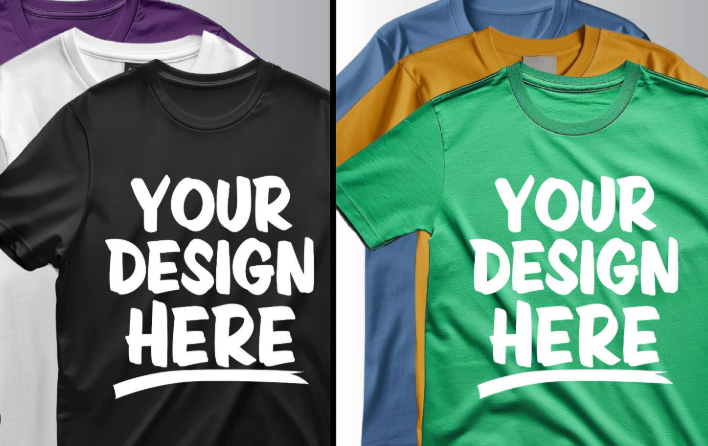
In this post, we’re breaking down what truly matters when printing custom T-shirts—so you can nail your designs every time and deliver high-quality, eye-catching products your customers will love. Ready to level up your T-shirt game? Let’s dive in!
1. Design Quality and Resolution
Best For: Detailed, sharp designs.
Why It Matters:
- Resolution: Ensure the design is in high resolution (at least 300 DPI) to prevent pixelation.
- Clarity: Crisp lines and clear visuals will make your T-shirt stand out, especially for full-color prints.
- File Type: Use vector files (like .AI or .SVG) for easy scaling without losing quality.
Tip: Avoid low-resolution images if you want your design to maintain quality, even when resized for different print areas.
2. Fabric Choice and Compatibility
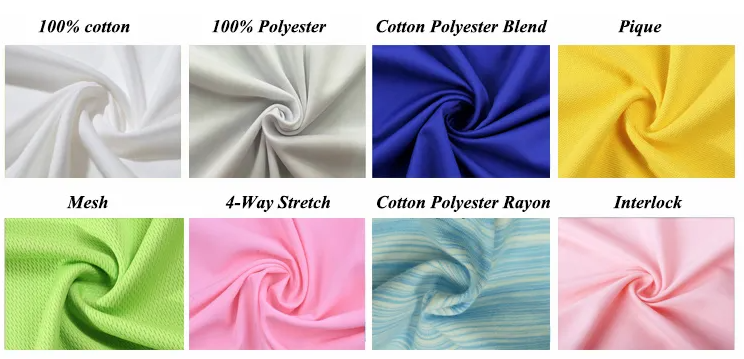
Best For: Choosing the right fabric for the print method.
Why It Matters:
- Different fabrics react to printing methods in different ways. For example, 100% cotton works well with screen printing and DTG printing, while polyester is better for sublimation.
- Make sure the fabric weight and texture match the type of print you want for the best result.
Tip: Test your design on the fabric you plan to use before committing to a large order.
3. Print Method Selection

Best For: Choosing the right technique for your design.
Why It Matters:
- DTG Printing: Best for full-color designs with lots of details.
- Screen Printing: Ideal for larger runs and simpler designs with fewer colors.
- Sublimation: Great for all-over designs on polyester fabrics.
- Heat Transfer: Perfect for smaller orders or intricate designs.
Tip: Match the print method to your design’s complexity and the number of colors.
4. Color Accuracy
Best For: Achieving the right look.
Why It Matters:
- Pantone Matching: If color consistency is key, use the Pantone Matching System (PMS) to ensure your colors stay true across different batches and production runs.
- Fabric Color: The color of the T-shirt affects the print color, especially for lighter or darker designs.
Tip: Always request proofs before final production to ensure color accuracy.
5. Durability of the Print
Best For: Long-lasting designs.
Why It Matters:
- You want a print that will withstand multiple washes and wear without fading, peeling, or cracking.
- Methods like screen printing and DTG offer durability, but make sure the inks and fabrics used are high quality.
Tip: Ask the manufacturer about their wash tests to ensure longevity.
6. Cost-Effectiveness
Best For: Balancing quality and budget.
Why It Matters:
- Some printing methods are cost-effective for large orders (screen printing), while others may work better for small batches (DTG printing).
- Be mindful of setup fees for more complex methods like screen printing and sublimation.
Tip: Calculate the total cost for each printing method, including setup and material costs, before making your final decision.
7. Turnaround Time
Best For: Meeting deadlines.
Why It Matters:
- Some printing techniques, like DTG, can have a quicker turnaround, while others, like screen printing, might require longer production times, especially for larger orders.
- Always align your production timeline with your customer’s needs.
Tip: Communicate your timeline clearly with your printer and plan ahead for larger orders.
In summary, to get the best results when printing your T-shirt designs, focus on:
- High-quality design files and resolution.
- Choosing the right fabric for the print method.
- Matching the printing method with your design’s complexity.
- Ensuring color accuracy and print durability.
- Finding the best balance between cost-effectiveness and quality.
- Planning your turnaround time to meet deadlines.
By paying attention to these key factors, you’ll be able to create custom T-shirts that not only look great but also meet your customers’ expectations.
